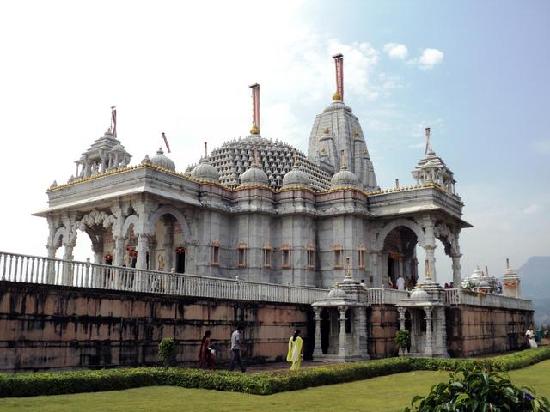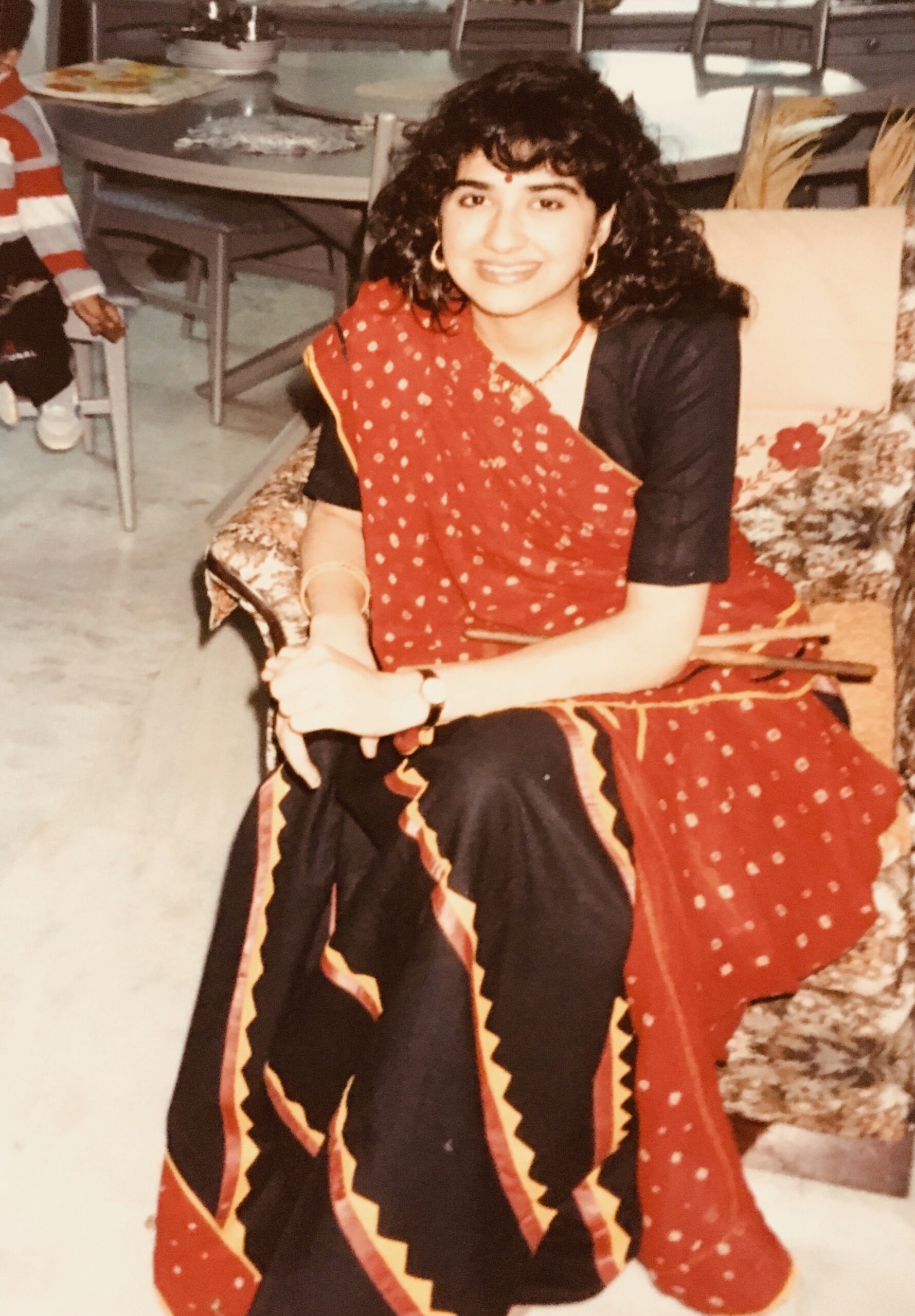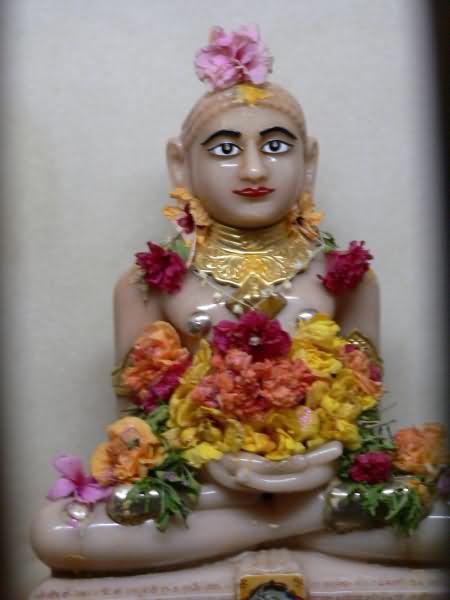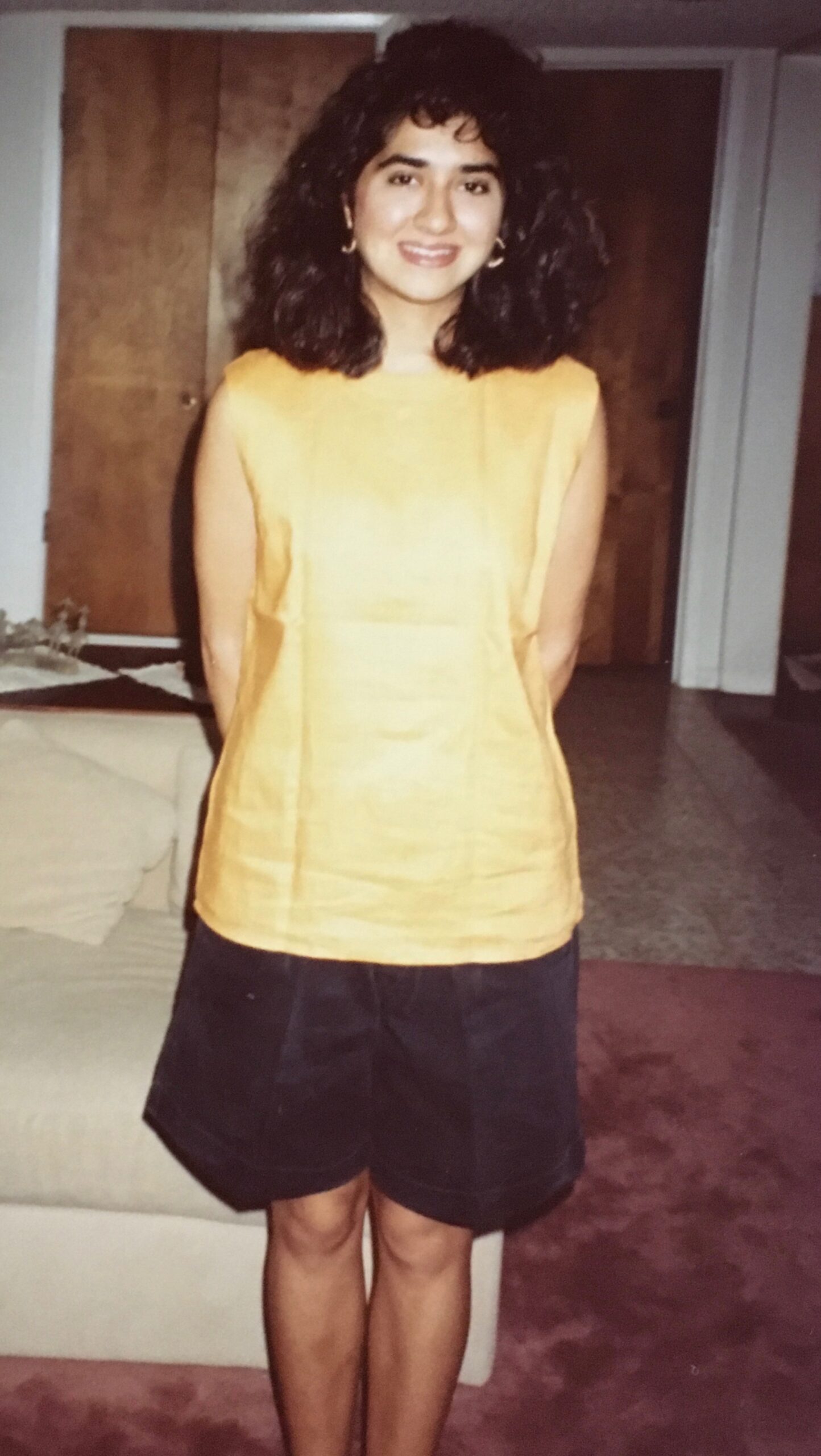
There is an American girl sitting outside an ornate Hindu temple in Mumbai, India. It is 1985, she is fifteen years old, and her parents have brought her to the country to visit their family. They’ve been here for two months, visiting various cities, taking overnight trains to different destinations. They’ve been making this epic trip every five years or so, in the summer holiday, the hottest but most convenient time to go. In India the American girl, who is an only child, is suddenly surrounded by temporary siblings and extended family. They share secrets, borrow clothes, and cook together. The American girl attends large Indian weddings and meets her cousins’ friends. She has ridden a motorcycle and taken road trips with family. She has attended school with her cousins, helped them study for exams, absorbed life in India unconsciously.
But on this trip, after five whole years, some of the disconnects are more apparent. She is more aware of herself and her feelings. She is quieter in India. People think she is shy but actually, she just finds things so alarmingly altered from her own experience, that she simply has no words. Like the small, cramped stores selling sari fabric with women pushing one another at tables to view the wares. Or the vendors yelling at customers to move if they aren’t going to buy. Then there is the fast paced language and actions of the people. They often speak a language she cannot understand. A train conductor shouts to ask her if she has her ticket. It is just their way, the shouting bit, but she can’t understand his words, much less why he is yelling. She looks at him somewhat shocked, eyes blinking.
On this day, her aunt, uncle, and cousin want to show the American girl and her parents a particular Hindu temple on the other side of Mumbai, through hours of traffic and congestion. They drive to their destination cramped together in an Ambassador car, where the air conditioning sometimes works and sometimes doesn’t. The windows are rolled up and down at various intervals, letting in the hot humid air that is an attempt to cool. At various traffic lights and stops, they are sometimes met at the intersection with a cow or goat standing next to them. Horns blare constantly, and poor children come up to the windows, begging for food. The American girl tries hard not to look, it is unbearable to see their faces and she is shocked at how the passengers in the car, even her own parents, can seemingly ignore what is happening.
They finally reach the temple and by any account, it is magnificent. The temple is at least a hundred years old. It is made of marble with rich, intricate carvings, and details on the outside. It sits higher with wide, marble stairs leading up to it. Each temple in India has a story, each one is created to respect a certain god, and the architecture is often designed to highlight the story of that god.
But the American girl doesn’t know any of this. If she is completely honest, she finds all the Hindu temples look much the same. They are large, imposing structures, beautiful, but still somehow, intimidating. There are so many in India. Each time she visits a temple, the American girl is concerned that her shoes might get taken when she leaves them with the hundreds of others that are piled outside. She finds the crowds at the temples overwhelming, the heat extreme, and really, a part of her is just ready to go back home. Back to a life she fully understands. In America, the girl doesn’t go to temples. First of all, she hasn’t seen a Hindu temple in America. On occasion, she has attended a religious ceremony held in a community center or church hall, the only space Indian immigrants can find to rent for the occasion. Secondly, her family is not religious in America. She doesn’t know any prayers. Her parents have never talked about any gods.
She’s uncomfortable with going inside. She would much rather wait on the bench outside.
In India, her cousins refer to her as their “American cousin.” She brings them music from the US and teaches them dance moves. They ask her about Wham and the Go-Gos. They are slightly shocked that she wears shorts in summer—her mother allows it when they are inside the house in India. They ask her about what kind of math she learns and movies she sees. Her cousins make her talk in front of their friends so they can hear her American accent. They laugh as they try to understand her.
The American girl has black hair and skin color that match her family’s, but she can’t understand the Hindi on television or radio in India. She can’t communicate with the rickshaw drivers or street vendors. When she goes out she wears the cotton salwars and drapes the dupattas around her shoulders, but she feels clumsy. The pajama style pants and long shirts feel itchy and uncomfortable in the unbearable hot weather. The pants, tied at the waist, sometimes come loose, and she has to safety pin the dupatta around her shoulders so that it stays on properly.
Her mother, father, and grandmother have already climbed the steps of the temple and gone inside. Her aunt and cousin approach her on the bench.
“Come inside with us!” says her aunt.
The American girl tells her that she’s okay, that she would rather admire the carvings on the temple from the outside and wait for everyone on the bench. She is embarrassed to admit that she doesn’t really know what to do once inside. She is unaccustomed with how to greet the priest, how to pray.
“But you must come inside and bow to the gods and do pooja,” her aunt says.
The girl tries to refuse again but it is of no use.
“Come. You must come,” says the aunt.
The aunt and the cousin take hold of the girl’s arms and gently lead her.
At the bottom of the marble stairs, the girl removes her shoes and places them in the most noticeable location she can find, hoping they will still be there when she returns.
Once inside the temple, the girl observes the others with great intent. Crowds of people are walking in and out of the temple. She can tell they come here often; they seem at home, their gestures are animated as they yell to get each other’s attention, or as they talk and laugh together. It is not the quiet reverence she has observed in churches. She has been to church with her friends in America several times. There, they dress up for the Sunday morning service, they walk in quietly, and greet one another with a handshake or brief hug before sitting in a pew to hear a service. The people here are in traditional clothing. Many seem poor, their clothes disheveled, they walk with a limp or are noticeably missing limbs. There is no service here, no pews to sit on. Most people are walking and praying as they stand in front of an idol of a god. The girl is bumped and shoved inadvertently by men and women who don’t notice her.
An older man wearing all white clothing, with saffron marks on his forehead, stands near the entrance. She greets the priest by folding her hands in a Namaste pose as everyone else does. However, rather than keeping her fingers straight, she accidentally interweaves them and folds them down, as she has seen people pray in America. She has never needed to greet someone with a Namaste in America. Her aunt corrects her immediately. People call out to them in a language she doesn’t understand. She attempts a half-smile and nods. Her aunt and cousin are completely at ease in this setting of noise and chaos.
It is not as if the American girl hasn’t traveled to different countries before. She’s used to experiencing customs and foods that are different from home. She’s been to Europe and Japan. She’s navigated through France speaking bits and pieces of French. She’s been on bullet trains and used her hands to describe to restaurants that her family doesn’t eat fish. But to be a tourist in a foreign country is very different than being a tourist in a foreign country where you are expected to feel you have returned home. In France, the American girl stayed in hotels and traveled to tourist destinations. People were aware she’s wasn’t one of them and so they were kind and helpful. There were also others visiting as tourists. But in India it is not so apparent that she is not a local. She’s never stayed in a hotel in India. In fact, she’s never met a white person in India.
There is a bell to ring at the top of an archway as they enter an enclave of the temple. Her cousin points it out to her and tells her what to do. She reaches up to ring it with her left hand. Her cousin grabs her arm just before she reaches it. “No! Always use your right hand,” she says. The American girl quickly puts her arm down, hoping no one has seen.
They finally arrive at the figures of the gods. There are maybe twenty large marble statues lining the walls. Incense burns in front of each one. Garlands of flowers have been placed around each god’s neck.
“You know who they are, right?” her aunt whispers in Gujarati, their native language.
The American girl furtively searches for her mother. Someone to save her. She has never wished so hard to know more.
“No, I don’t know them,” she finally says.
If her mother had been next to her, she would have said something, put an arm around the girl, brushed off the comment in a way that would have made it not matter that the American girl did not know.
“Never mind,” her aunt replies. “I will explain it to you.” And for the next several minutes she tells stories of the gods and their victories in battles and the morals they teach and represent.
“Now let us pray,” her aunt says.
The American girl stands stiffly next to her cousin and aunt as they bring their hands together and bow their heads. They move their lips devoutly. They bow several times. The noise around the temple has not quieted, but she senses her aunt and cousin’s comfort as they pray amongst these strangers they believe are connected. The American girl’s heart is beating fast. She tries. But she has never done anything like this before. She just can’t do it. She has no prayers to recite. Bowing to the gods feels so alien and awkward. She must look strange, she thinks, as she furtively glances around. The worst is that she can find no reason inside her explaining why she must do these prayers. It is in this moment that it hits her full on that she does not belong. A kind of hysteria begins to grow within her. She so badly wants to run out of this temple but she knows she cannot.
Once they raise their heads, her aunt watches her closely. Her aunt has noticed that the American girl did not pray. They go to the priest to take a holy offering of food. Again, the girl does not know what to do. She starts to take the food with her left hand. The priest gently moves her hand away and points to her right hand. Her aunt grimaces.
As they start to leave, her aunt finally speaks. “Don’t you pray?” she asks.
The girl’s cousin grabs her mother’s shoulders. They stand close together, both observing the American girl. “Mama, in America, they don’t believe in god. They don’t believe in doing all this. Let her be. She is different from us. She doesn’t pray. She doesn’t believe in it. Can’t you see?”
And in that moment the American girl knows she has solidified in their minds that to be “American born” is to not be truly Indian. That those who are “American born” do not speak the language, do not pray, and do not call India home.
The American girl is quiet. She is so ashamed. It was not the answer she wanted to give. But she has no answer. She is only trying to live the life her parents have given her. A life that is between two lands, two cultures.
***
TORCH is a monthly series edited by Arielle Bernstein devoted to showcasing personal essays and interviews about immigrant and refugee experiences. You can visit the archives here. For more information on submitting head here.
***
Rumpus original logo art by Jyotsna Warikoo Designs. Photographs provided courtesy of author.








